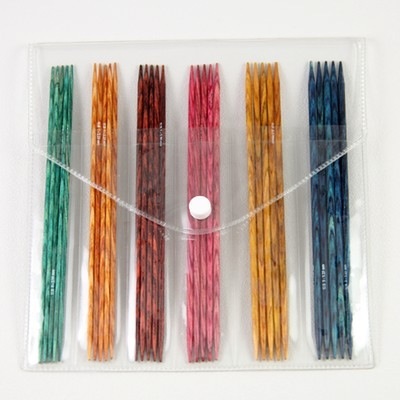If you’re reading this on January 18, 2012, and wondering why there’s a black bar over the logo of this site, please visit americancensorship.org to learn more about the bills currently in front of the U.S. Congress that are serious threats to the Internet’s future, and what you can do about them.
If you’re in New York City, please join me and a couple thousand of my friends at the emergency NY Tech Meetup at the offices of Sens. Schuster and Gillibrand. I’m disgusted they are supporting this legislation, and I intend to let them know. I hope you’ll reach out to your representatives as well.

